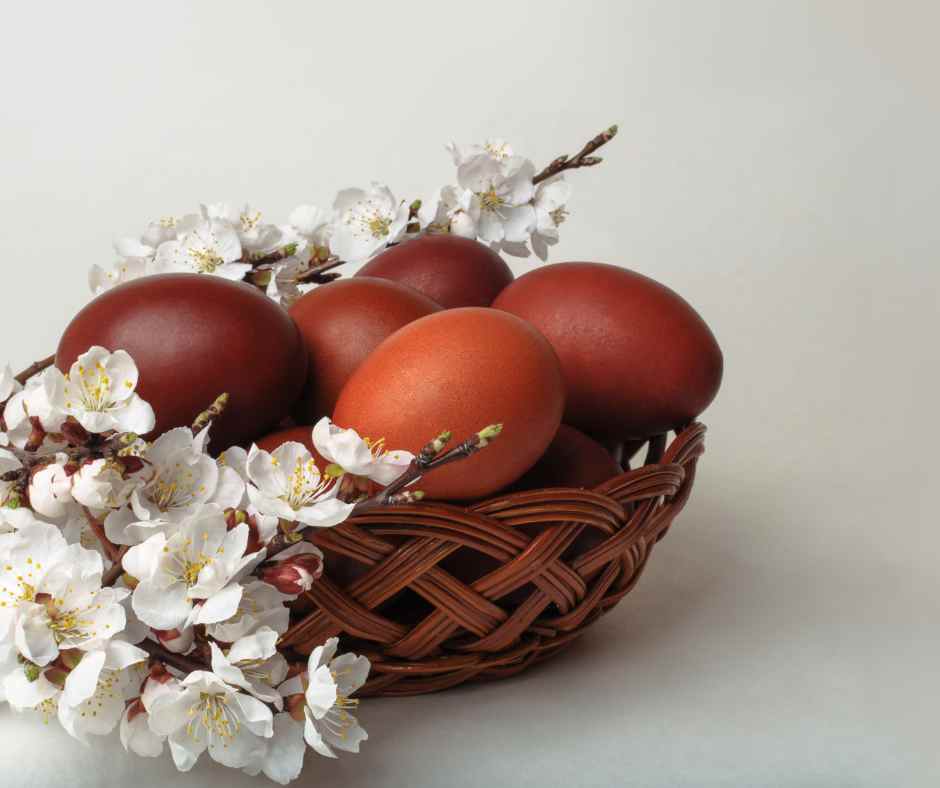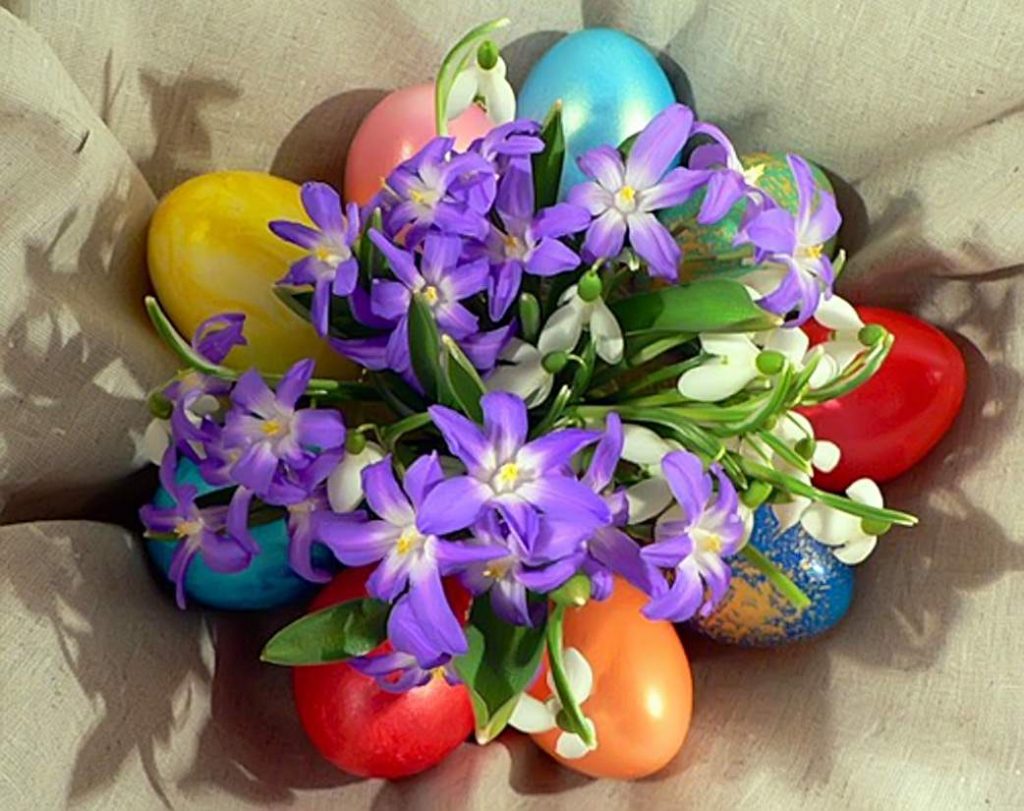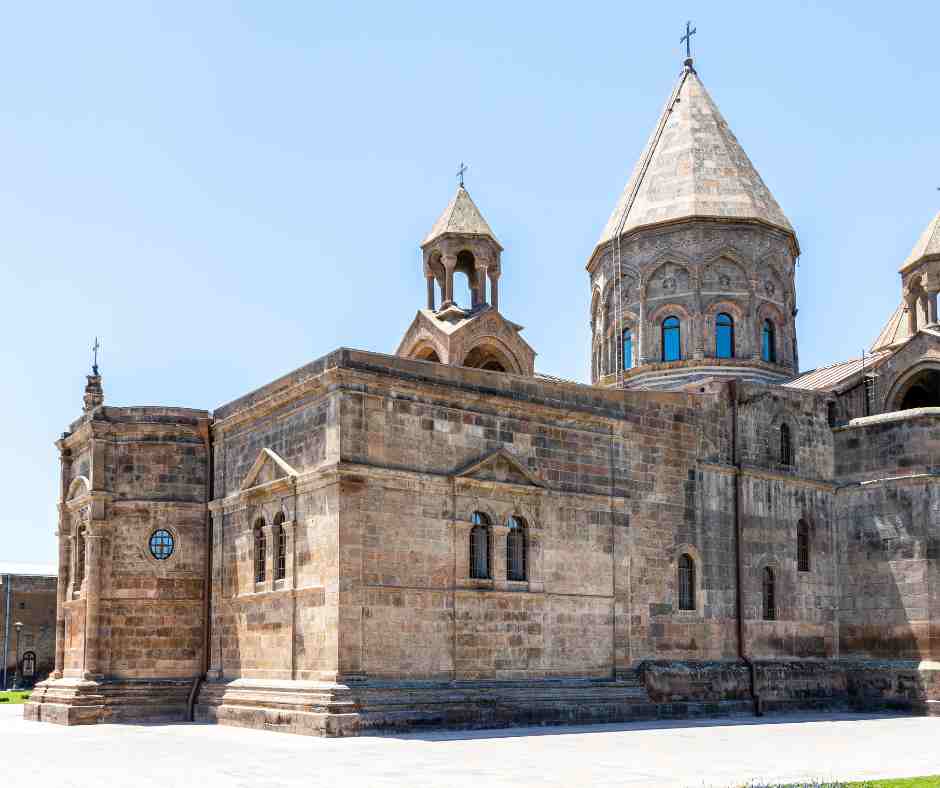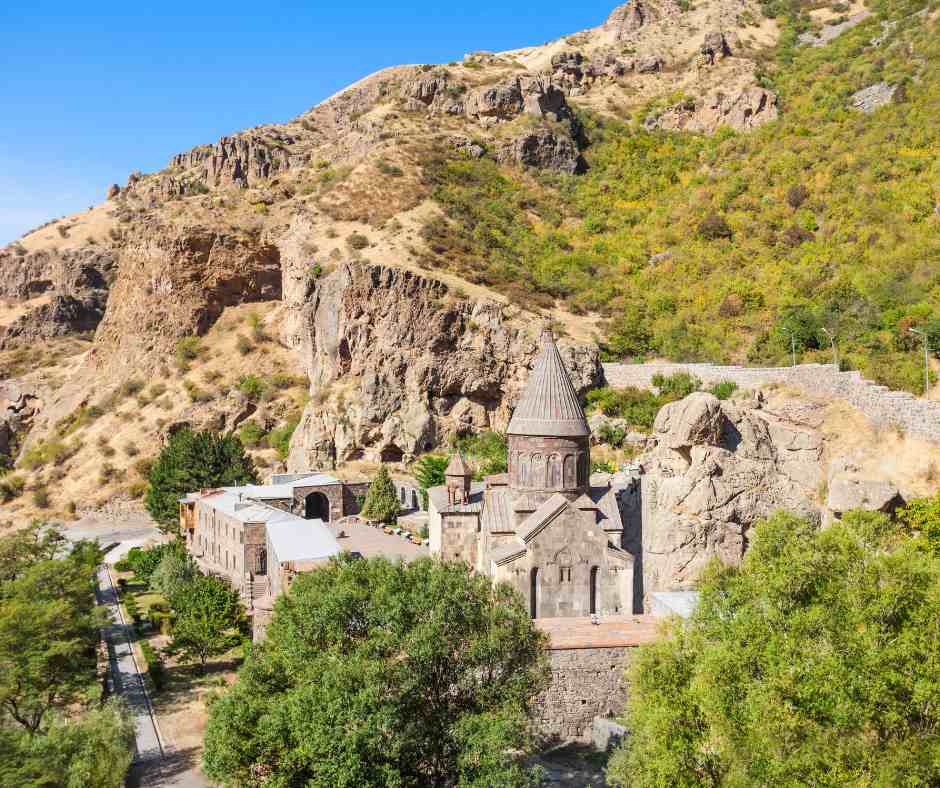
Tourists planning a trip to Armenia in spring can experience something truly special. Easter, known as Zatik in Armenian, is not just a holiday here; it’s the most important religious celebration of the year.
As one of the world’s oldest Christian nations, Armenians take Easter seriously. Many travelers ask, “When is Armenian Easter?” The answer is that it changes each year. However, it always arrives with the awakening of spring when nature blooms and the country feels alive with color and spirit.
In the weeks leading up to Zatik, locals begin preparing their homes, buying decorations and setting the stage for a beautifully decorated Easter table. For travelers, it’s the perfect moment to experience Armenia’s spiritual side.
When is Armenian Easter in 2025?
Armenian Easter will be celebrated on Sunday, April 20, 2025. But here’s the interesting part. Easter doesn’t have a fixed date like Christmas. It’s a movable feast, meaning it changes every year. The Armenian Apostolic Church celebrates Easter on the first Sunday after the full moon following the vernal equinox, which usually falls between March 22 and April 25.
This date is based on ancient church traditions and is tied to the Gregorian calendar, unlike some Orthodox churches that follow the Julian calendar. That’s why Armenian Easter is celebrated on the same date as the Catholic church and a different Sunday than the Orthodox.
Even those who don’t attend church regularly often make it a point to go on Palm Sunday and Easter. The atmosphere is both festive and spiritual. So, if you’re planning a visit, Easter week is one of the best times to attend a Liturgy in the Armenian church and learn more about local religious traditions.
Understanding Armenian Easter Traditions

Before Easter Sunday arrives, Armenians first observe Great Lent, a 40-day period of fasting and reflection. The journey to Easter begins with Palm Sunday, which marks Jesus’ triumphant entry into Jerusalem, a week before Easter Sunday. Churches are decorated with palm and willow branches. Even those who don’t attend church regularly make sure to show up on this important day. The locals usually take the consecrated willow branches and wreaths back home, where they are stored as symbols of peace and abundance.
Then the Holy Week begins with each day having its special meaning. Good Friday commemorates the crucifixion with somber services and scripture readings. And finally, on Holy Saturday, churches prepare for the joyous midnight liturgy, a candlelit service where the Resurrection is proclaimed.
On Easter Sunday, the families go to church for the Divine Liturgy and gather around tables for celebration.
What to Expect If You’re in Armenia During Easter
Traveling to Armenia in this period of the year means being a part of centuries-old traditions and joyful celebrations. Palm Sunday and Holy Sunday and Monday are especially busy in churches, with crowds gathering for blessings, candles in hand, and, of course, many kids around.
People prepare days in advance, buying festive table decorations, sweets, and symbolic foods. On Easter day, a traditional Armenian table is a feast of color and meaning. There are red-dyed eggs (symbolizing Christ’s blood and resurrection), rice with raisins, grilled or baked fish and wine. These foods carry symbolism and mark the end of Lent. Many tourists are surprised by the amount of lavash and greens served during Easter. A big plate filled with fresh herbs is usually placed in the center of the table for everyone to share. As for dessert, there is usually gata, a sweet pastry with butter and sugar filling.
If you’re heading to a village or staying in a local guesthouse, don’t be surprised if the hosts invite you to share their Easter meal. Armenians are known for their hospitality, especially during holidays. For travelers who love cultural tourism, this is a great opportunity to learn more about authentic traditions.
Top Places to Experience Easter in Armenia

In Yerevan, churches like Saint Gregory the Illuminator and Saint Sarkis are popular spots where locals gather for Easter services. The capital city also offers public Easter-themed markets and cultural events.
One of the best places to witness Easter celebrations is the Etchmiadzin Cathedral, the spiritual heart of the Armenian Apostolic Church. On Easter Sunday, it hosts liturgy led by the Catholicos himself. The town is a great place to learn more about Armenia’s religious side. There are UNESCO-listed churches, art galleries, museums and cozy guesthouses with local cuisine or lavash baking masterclasses.
For a more scenic and mystical experience, head to Geghard Monastery. During Easter week, the monastery is especially beautiful and is prepared to see many people visiting on festive days. Besides, a visit to Geghard can be combined with a trip to Garni Temple, located nearby.
Tour Packages and How Levon Travel Can Help

Whether you’re interested in the spiritual side of the holiday or you’d like to combine it with Armenia’s rich culture, Levon Travel is a great choice for any type of tour.
The agency offers flexible itineraries that can include visits to iconic churches like Etchmiadzin Cathedral or Geghard Monastery, along with stops at other iconic spots, hikes or picnics at the blooming valleys, and even home-hosted Easter meals in villages for a more authentic touch.
For tourists focusing on religious tourism or pilgrimage, the experienced travel agents can create a specialized tour. Visiting monasteries, attending Easter liturgies, and learning about ancient Christian traditions directly from local communities are on the list.
Levon Travel is equipped to organize tours of any scale or focus, both for groups and solo travelers, or a family with kids. Contact us today to start planning your journey in Armenia!
